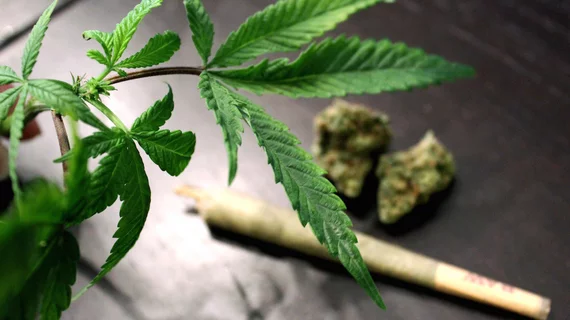Marijuana use lowers blood pressure for older adults with hypertension
Medical marijuana is associated with a significant reduction in blood pressure among older adults with hypertension, according to new findings published in the European Journal of Internal Medicine.
The study’s authors assessed 26 patients before and after going through three months of marijuana therapy. The mean patient age was 70.4 years old, and 53.8% of participants were women. Marijuana was either taken orally—through oil extracts—or smoked.
Overall, 24-hour ambulatory blood pressure monitoring revealed a mean reduction in systolic blood pressure of 5.0 mmHg and a mean reduction in diastolic blood pressure of 4.5 mmHg. Blood pressure was typically at its lowest three hours after the marijuana was ingested. The reductions were more pronounced at night, but they did occur in the daytime as well.
“Older adults are the fastest growing group of medical cannabis users, yet evidence on cardiovascular safety for this population is scarce,” first author Ran Abuhasira, MD, of the Ben-Gurion University of the Negev (BGU) in Israel, said in a prepared statement. “This study is part of our ongoing effort to provide clinical research on the actual physiological effects of cannabis over time.”
Blood tests, electrocardiograms and body measurements—again, before and three months after the initiation of therapy—revealed no other significant changes.
The full study is available here.

